A Beginner’s Guide to Cross Stitching


If you are looking for a new craft to master, or even just a new hobby in general, consider the option of cross stitching. Cross stitch is a form of what is known as counted thread embroidery. It is traditionally used to further embellish different items including linens, tablecloths, dishcloths, doilies, and clothing. If you are new to this craft, there is almost no better time to begin, as resources to get you started are more available now than ever. It is also one of the easiest forms of hand embroidery to pick up. The cross stitch is made up of x-shaped stitches through an even and open weave fabric such as Aida or linen. To give you a proper introduction to the basics of the craft, we present a beginner’s guide to cross stitching.
Step 1. The Cross Stitch Chart
One of the first important things to understand when learning how to cross stitch is reading a cross stitch chart properly. The chart is designed to correspond with to a grid that will help to direct the weave of the fabric. The pattern is laid out on the grid through colored squares that also have symbols in them. Each square represents a cross stitch. The different colors are also there to indicate what color thread you use. Refer to the chart legend to map the symbols to the thread colors. Look to the chart and notice the arrows at the edges. These will show you the center points. Another helpful tip for beginners is to start with a large block of color and not a part where the color goes back and forth once you have found an area close to the center.
Step 2. Getting Your Fabric Prepared
There are a few options for different fabrics that can be used for cross stitch, although Aida and linen are the most common choices used. Aida tends to be a popular choice for cross stitch projects because of the way it is woven, which allows for well-spaced stitching. This also makes Aida fabric good to learn cross stitching when you are new to it. You can choose linen as well, even though it can be a bit more challenging. You need to be careful when cutting both fabrics, as they will fray easily. A good method to deal with this is to bind the edges. This can be done by sewing the edges by hand with a zig-zag stitch, using a serger, or you can get way with using masking tape.
Step 3. Locating the Center of the Fabric
This step is fairly simple, but very necessary. The best way to locate the center is to fold your fabric in half one way. Next, fold that in half going the other way. You can pinch and crease the center point, but the best method is to mark it, so you have no chance of missing it when you begin. Stick a pin in the center point or put in a small stitch.
Step 4. Choosing a Frame or Hoop
Using a hoop or a frame is advised, especially when you are a beginner. If you are choosing a hoop, start by loosening the screw to take the two rounds apart. Lay you round without the screw on any flat surface. Next, lay your fabric evenly over the hoop so that the center of the hoop and the fabric line up. Then, you can place the other round on top of the fabric and press it down. The fabric should be pressed between the two rounds. Make sure to pull your fabric taut as you’re tightening the screw so its not wrinkled or bunched up when you’re stitching. Just don’t pull the fabric too tight, otherwise it could stretch and distort the fabric’s weave.
Step 5. Prepare and Thread Your Needle
Grab the color thread that your chart shows to begin with. You should cut it at a length of 18 inches. A lot of embroidery floss is made up of multiple strands, but you will only be stitching with one to two strands at a time. You will need to separate the strands by holding the floss with one hand. Find the end of a strand and pinch it with your other hand. Carefully pull the strand up and outward until it separates. Next, you will thread your round-end tapestry needle. This is done the same way you would thread one for hand sewing, although you shouldn’t make a knot in the end of the thread. Instead, you will stitch over the end of the thread. Knots are generally avoided when cross stitching to avoid lumps in the final image.
Step 6. Learning Your Cross Stitches
You will cross stitch in rows going left to right. Begin by bringing your needle up from the back of the fabric but leaving an inch of the thread in the back. The end will get covered by your stitches which will secure it. Next, you will stick the needle through a hole that is diagonal to where you started. This is going to be a slanted half cross stitch. Bring your needle back up through the hole beneath the last one to start a second half cross stitch. Check the end of your thread on the back and make sure it will be trapped by the stitch so its secured. After this, continue stitching down the row to make a series of half cross stitches, and then follow this by going back across the row, making a series of half cross stitches in the opposite direction.
Step 7. End Your Thread
You’ve nearly completed a beginner’s guide to cross stitching. You will keep stitching in this pattern until you reach the thread’s end or once you complete the stitches in your pattern. To end a thread and properly secure it, push the needle under three of your stitches. Then, just rim the remining thread. These are the basic steps you will follow throughout most cross stitch patterns. You can eventually learn to embroider these to many different items. You can embroider images onto some high-quality fabric panels for quilting from Canada to make a special quilt, as well as articles of clothing or similar items.


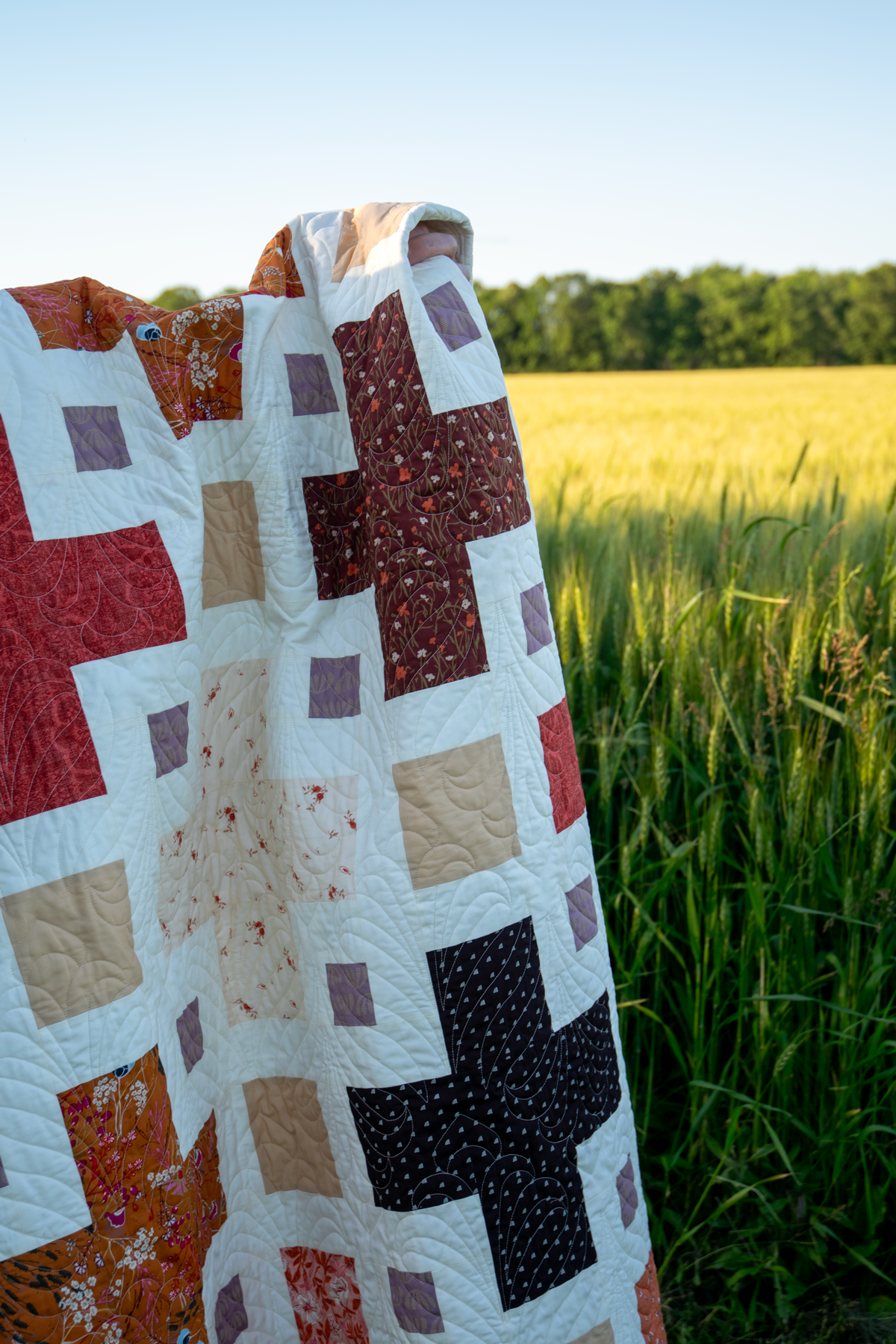



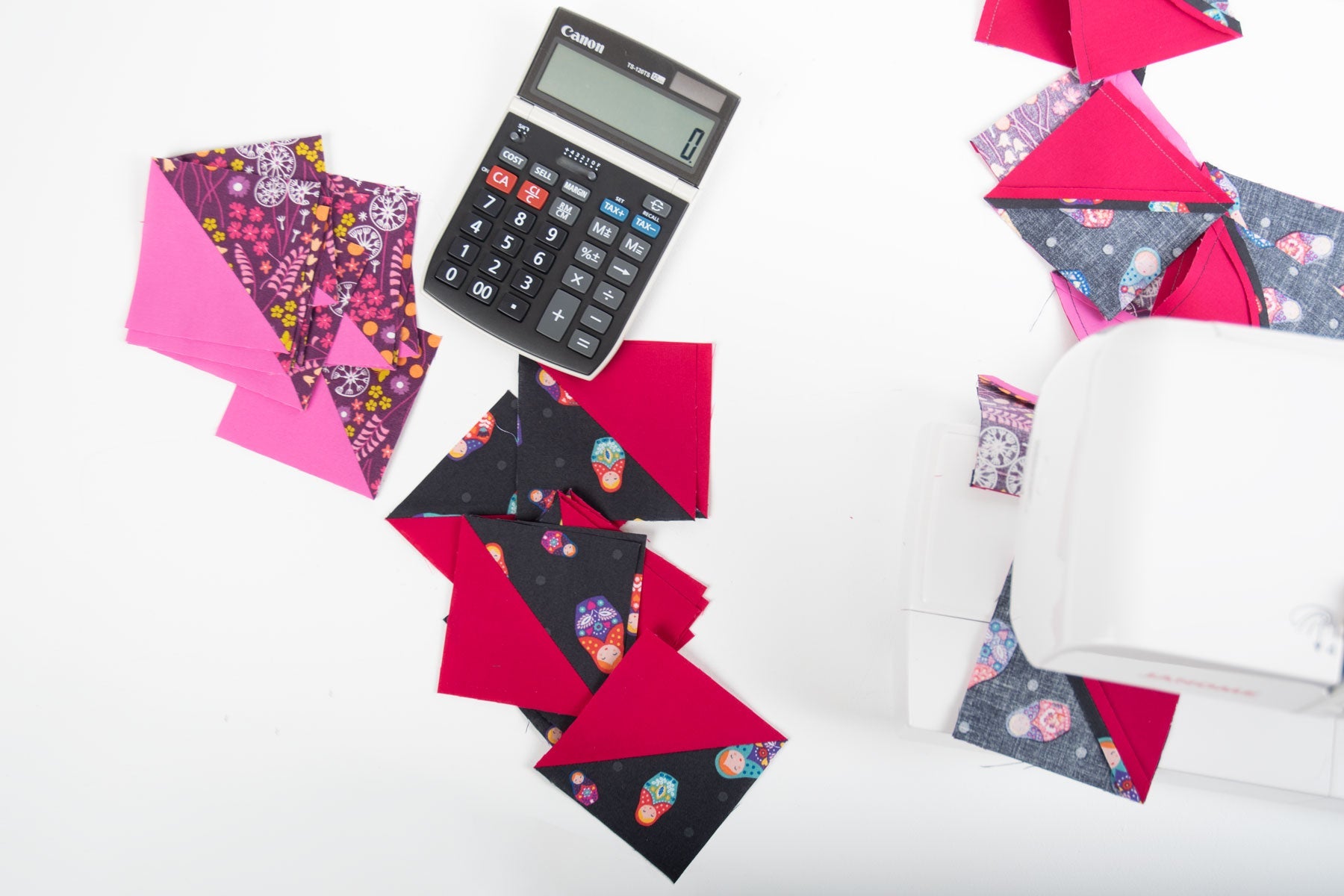
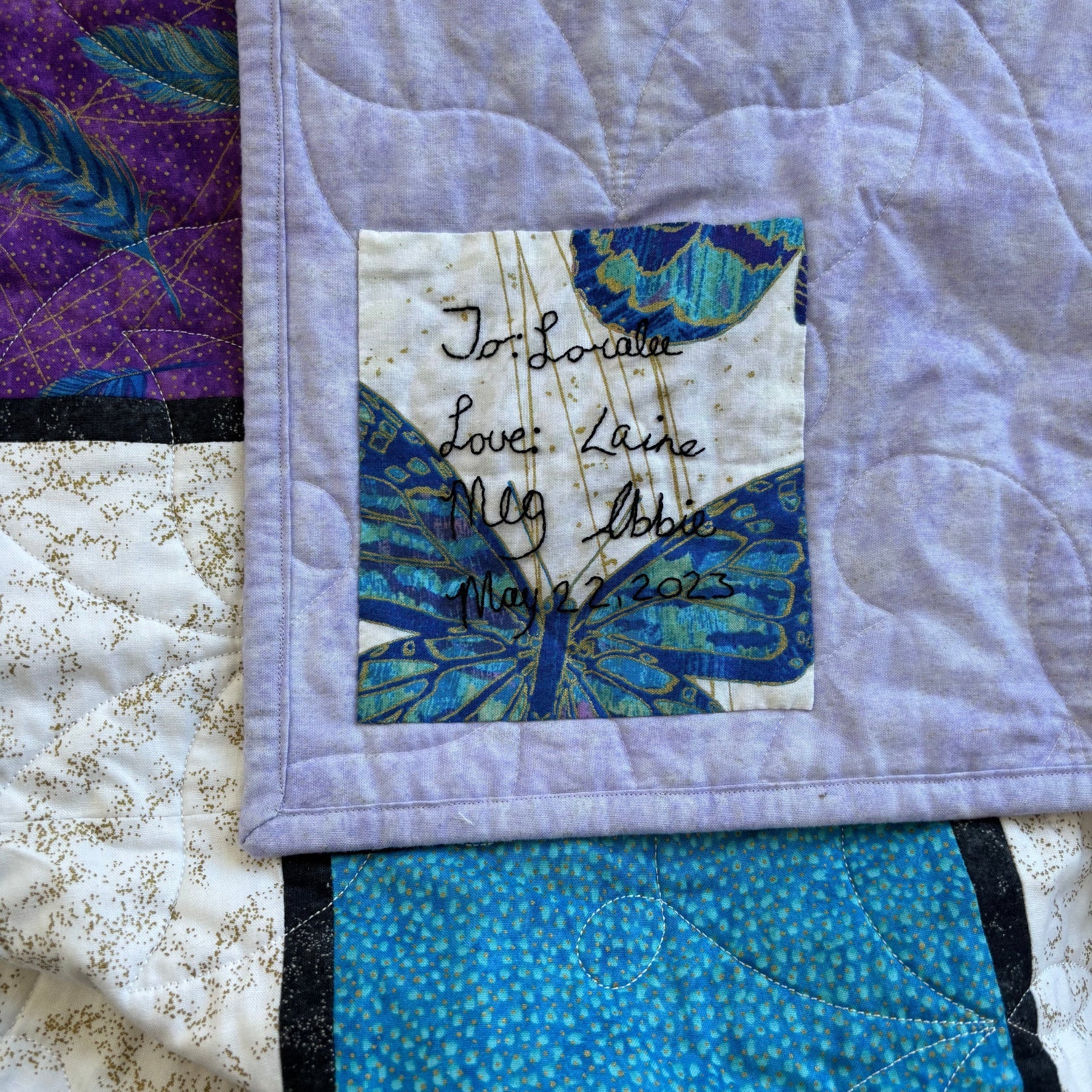
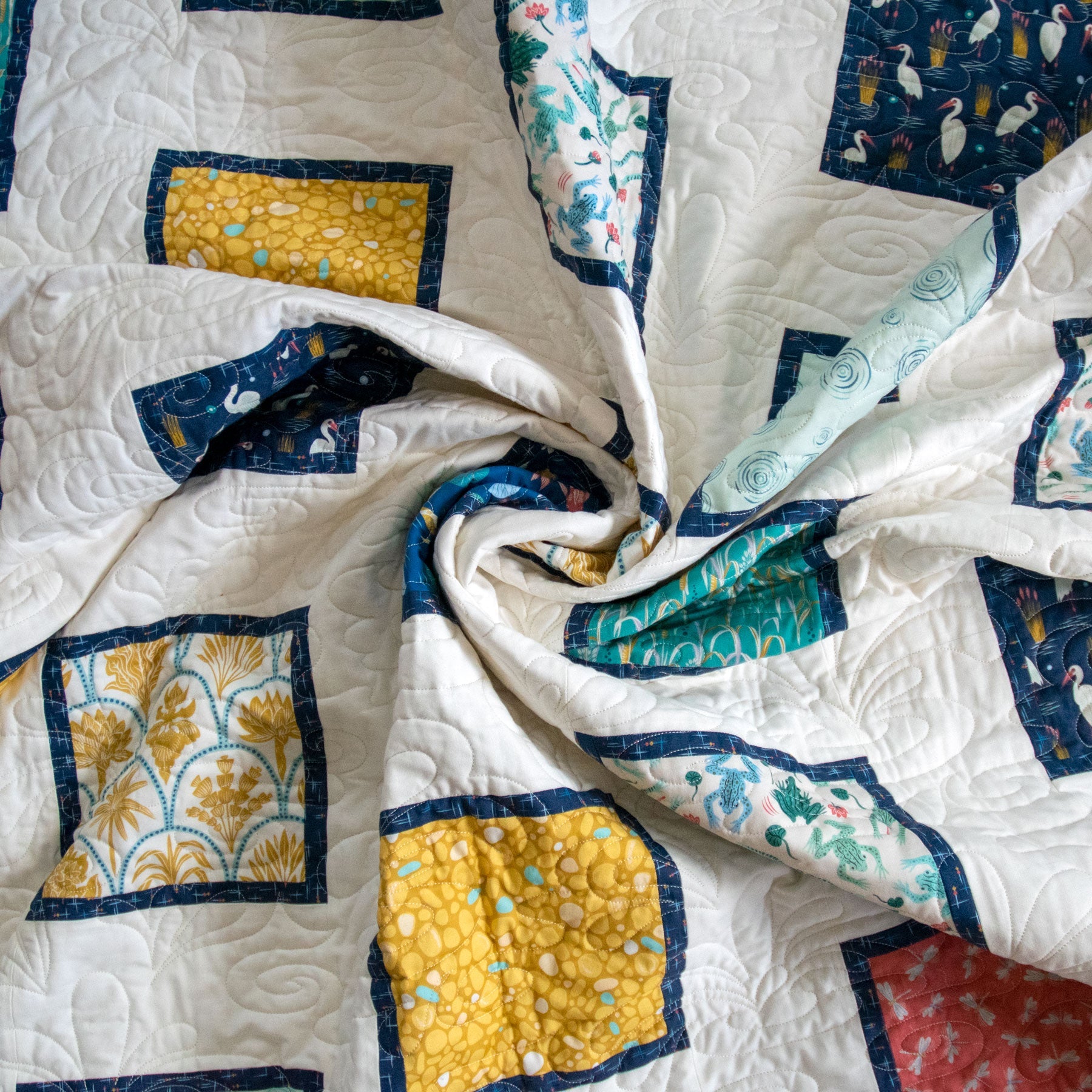
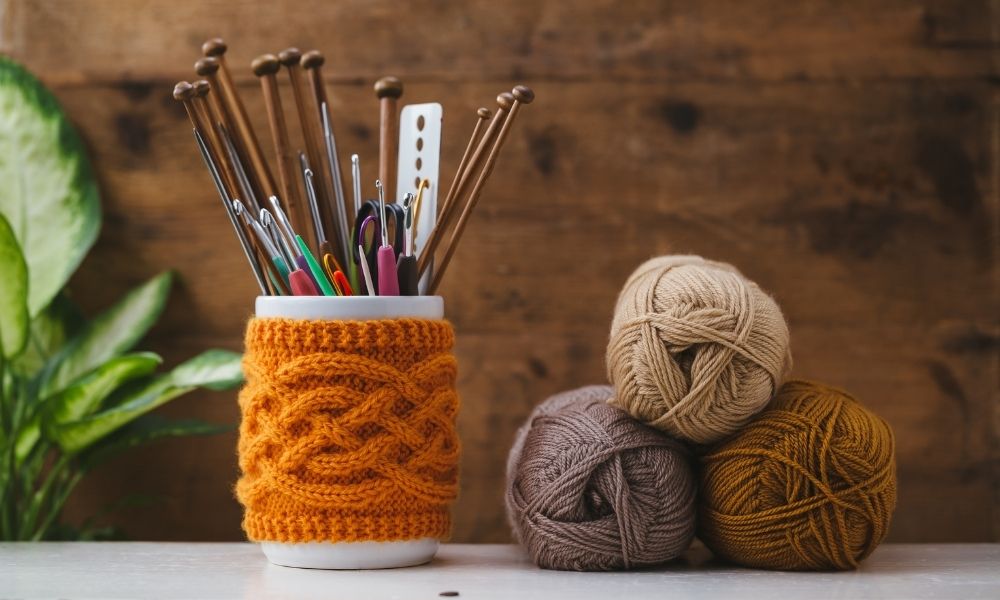
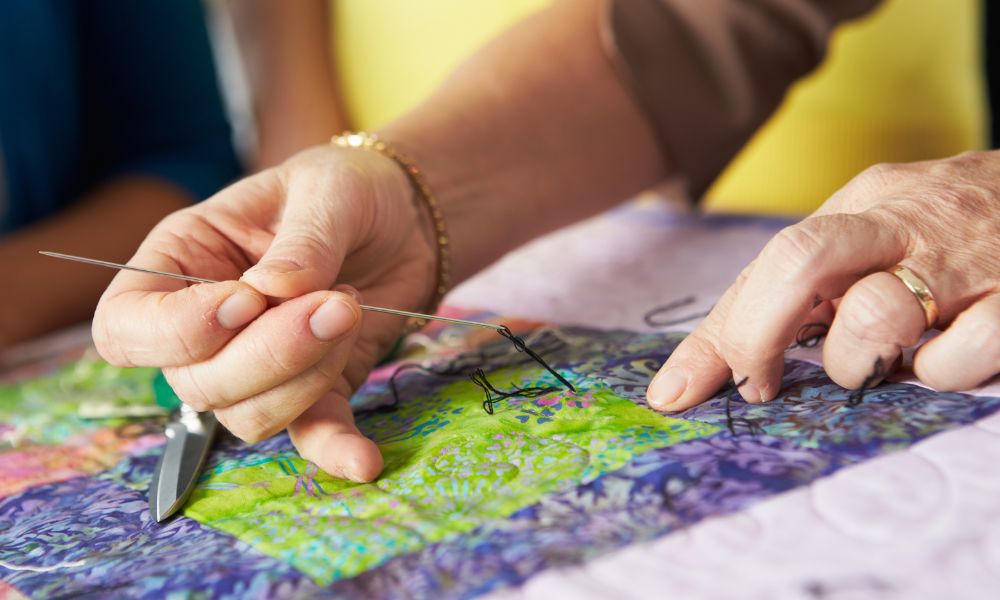
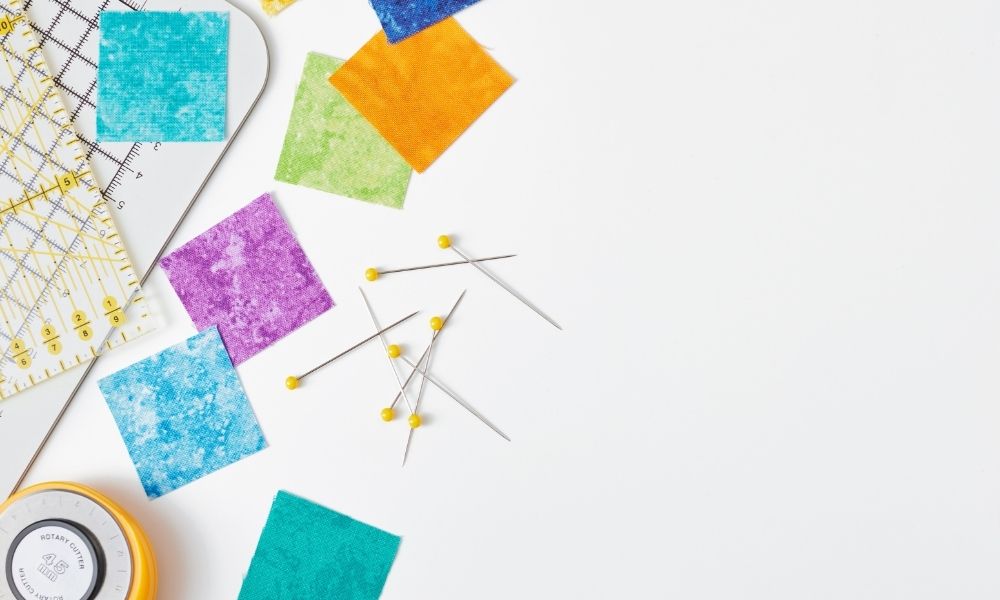
Comments